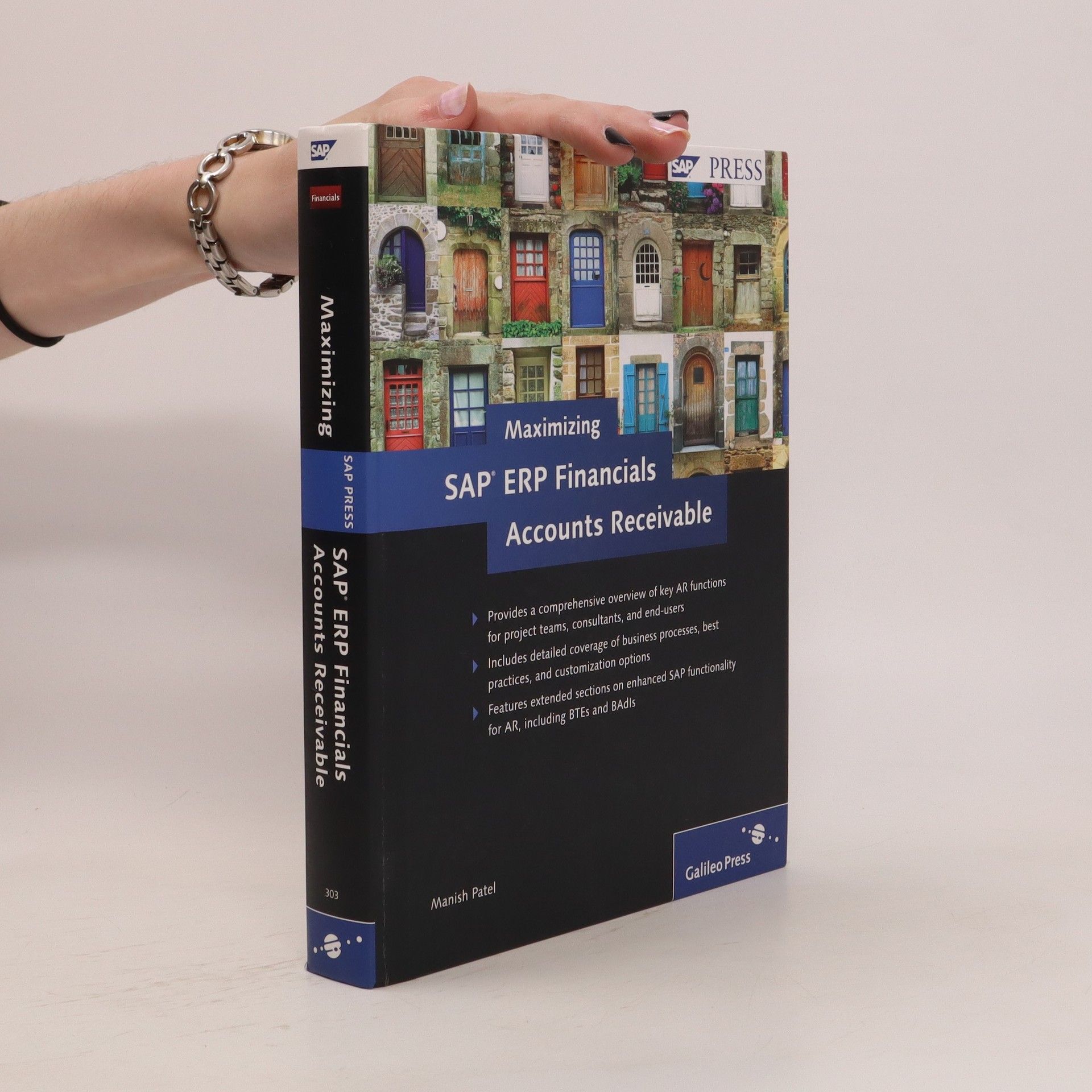You know that business financials are an essential part of every business, large or small, but do you how SAP ERP Financials can make it easier? From basic accounting and complex financial audits to reporting, SAP ERP Financials offers vast, diverse and customizable solutions. This title offers a very detailed, reader-friendly reference that will give you an in-depth overview of the key components of SAP ERP Financials. Perfect for new users, decision-makers, and power users, with this title you will learn how to improve your efficiency in key financial areas, including profitability analysis, financial supply chain management, cost-accounting, and more. Updated for SAP ERP 6.0, EhP 5 and 6 with an expanded focus on real world scenarios.
Patel Manish Books



SAP Account Determination
- 94 pages
- 4 hours of reading
Finally, a single reference point for all of the various account determination techniques used in SAP! Readers can reduce implementation time with expert insights and step-by-step clarification of the various techniques in each module for generating General Ledger postings. Learn account determination techniques for HR/Payroll, MM, SD and other important modules. With additional coverage on AR/AP, tax, and bank transactions, this comprehensive guide is a must-have resource.
Executives and end-users alike are part of a large user community looking for guidance and experience with the "established" SAP sub-components like Accounts Receivable. With the heightened focus on operating within the strictures of US GAAP and IFRS (International Financial Reporting Standards) and producing definable ROI from the implementation of ERP Financials, it's also more important than ever for organizations to leverage their AR implementations with other components and functionalities. This book provides implementation teams, executives, functional and technical teams, and end-users with a roadmap for the maximum utilization of the Accounts Receivable component. The book will teach the intended audience how to maximize the use and potential of the Accounts Receivable component and increase the ROI of the implementation. It will also help readers develop knowledge and strategies for enhancing the use of the AR component and integrating it with other SAP services and components.